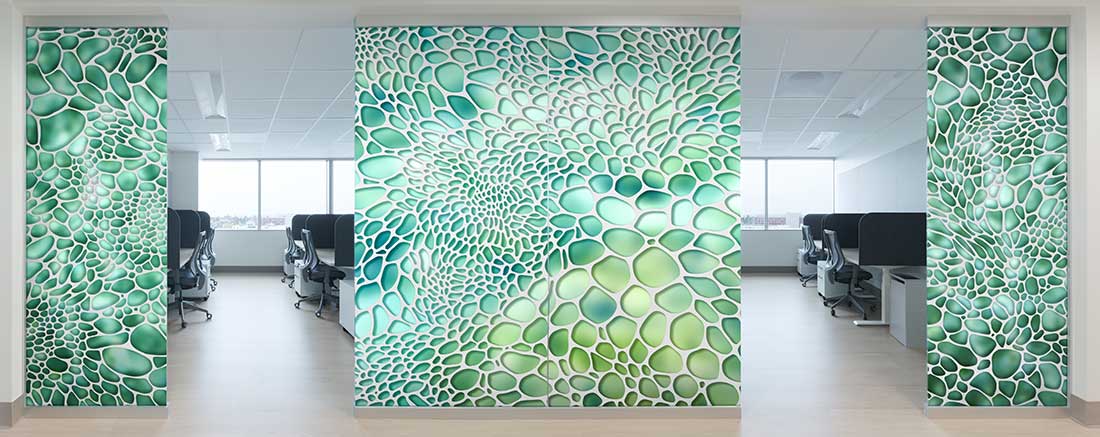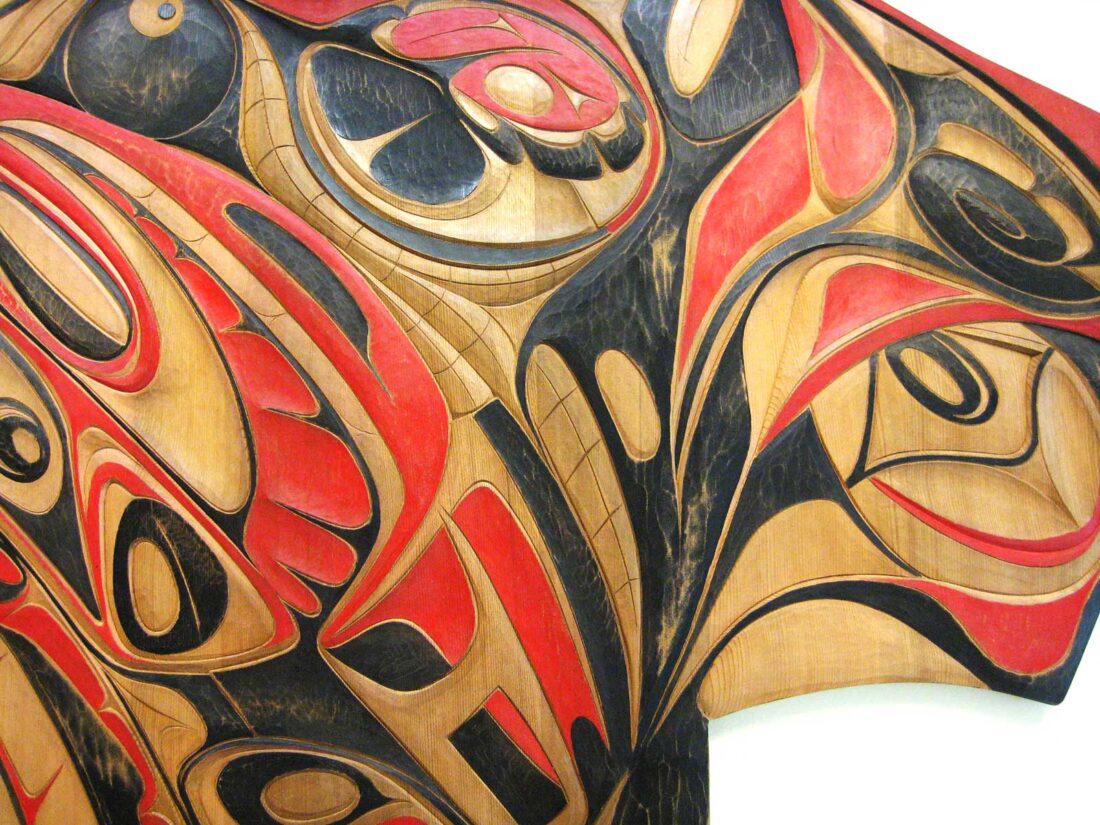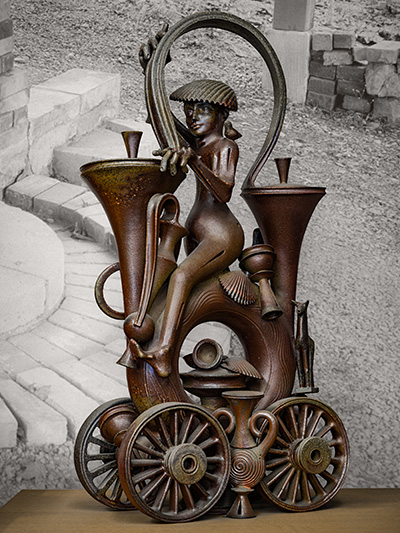At Harborview Medical Center, hundreds of artworks inspire healing

Doctors and nurses visit with patients. Staff stream through the hallways. Loved ones wait in lobbies. On any given day at Harborview Medical Center, thousands of people play a part in a range of procedures, tests, and treatments that heal the sick and injured. As all of these people make their way through the hospital’s clinics and corridors, they pass by numerous artworks on the floors, walls, and near the elevators. Each artwork offers a respite, a moment of beauty or perspective. Together these pieces keep the Harborview community grounded day after day, even in the face of extraordinary challenges.
A public hospital managed by UW Medicine, Harborview is the only Level 1 trauma and burn center serving Washington, Alaska, Montana, Wyoming, and Idaho, and is also a teaching and research institution and the disaster control hospital for Seattle and King County. Its origins trace back to 1877, when the county opened a six-bed hospital; 146 years later, the facility today has 540 patient beds, with more coming as part of a 2020 bond measure to expand and modernize the campus. As Harborview continues to evolve to meet the needs of the region, it remains committed to treating everyone with exceptional care, regardless of their economic status or background.
Though some artworks on view at Harborview belong to the UW Collection, most were commissioned or acquired and continue to be stewarded by 4Culture as part of the King County Public Art Collection (KCPAC). The KCPAC at Harborview was established in 1977, rooted in the belief that art can help offset the emotional, psychological, technological, and institutional experiences of the hospital. It currently includes more than 500 works in an extensive range of media, all of which aim to reduce stress and convey a sense of human dignity. Since 2000, the KCPAC works have been guided by a holistic and comprehensive art plan created by Fernanda D’Agostino; the plan describes design principles for architectural elements, landscape design, and commissioned artworks that encourage healing and support connections to the surrounding neighborhoods.

The KCPAC at Harborview includes several subcollections and a mix of site-specific, integrated, and portable works. The Cultural Heritage Collection celebrates the hospital’s diverse community with 70 pieces by outstanding contemporary artists, among them Juan Alonso, whose large paintings honor his Cuban parents; Mark Calderon, whose pyrographs were inspired by Mexican devotional folk paintings; glass vessels by Preston Singletary; and quilts and soft sculptures by Marita Dingus. The Norm Maleng Collection—housed entirely in the Norm Maleng Building—showcases contemporary ceramics in the lobby, landscapes at elevator landings, and a number of permanently sited works throughout the building. In the West Hospital’s primary reception area, Linda Beaumont’s Full Circle, a sprawling mosaic and terrazzo floor, greets people with a mix of cultural and scientific imagery.

Outside, artworks dot the hospital campus in dramatic and subtle ways. A sculpture and seating elements by Ellen Sollod anchor the hospital’s main entrance. Sidewalks feature site-specific inlays by Robert Horner and Gloria Bornstein. In a work by Sheila Klein, classic textile patterns lend architectural detail to the exterior of the Patricia Steel Building. Many of the hospital’s rooms have views of Beliz Brother’s Harborview Pillows, which appear to hover above a courtyard as if tossed from an open window.

Harborview’s Ninth and Jefferson Building also contains many powerful artworks, beginning with Vereinigung, a monumental sculpture by Connie Watts that features animal figures from Northwest Coast cultural traditions and was created by Watts as she recovered from a major head injury. Then, at the reception desk, Isaac Layman’s Ice Cube Tray renders a meditation on time in astonishing photographic detail. Beside the lobby’s elevators sits Eric Nelsen’s Memory, Myth, Motif, clay assemblages fired in a traditional Japanese anagama kiln in Nelsen’s Vashon Island studio. Upstairs in the King County Medical Examiner’s Office, Eric Eley’s Dispersion Field uses mathematical diagramming to form an imaginary geometric landscape in four panels. The newest addition to the building is Katie Miller’s Cellular Flow, which was installed last month in the remodeled patient care and specialty clinics on the ninth and tenth floors. The work’s 15 translucent privacy screens invite reflection by combining images of Pacific Northwest bodies of water with forms based on human cells.
Next time you find yourself at Harborview, keep an eye out for these artworks and many more. New commissions are headed to the hospital campus in the months and years ahead. The collection is always growing!
